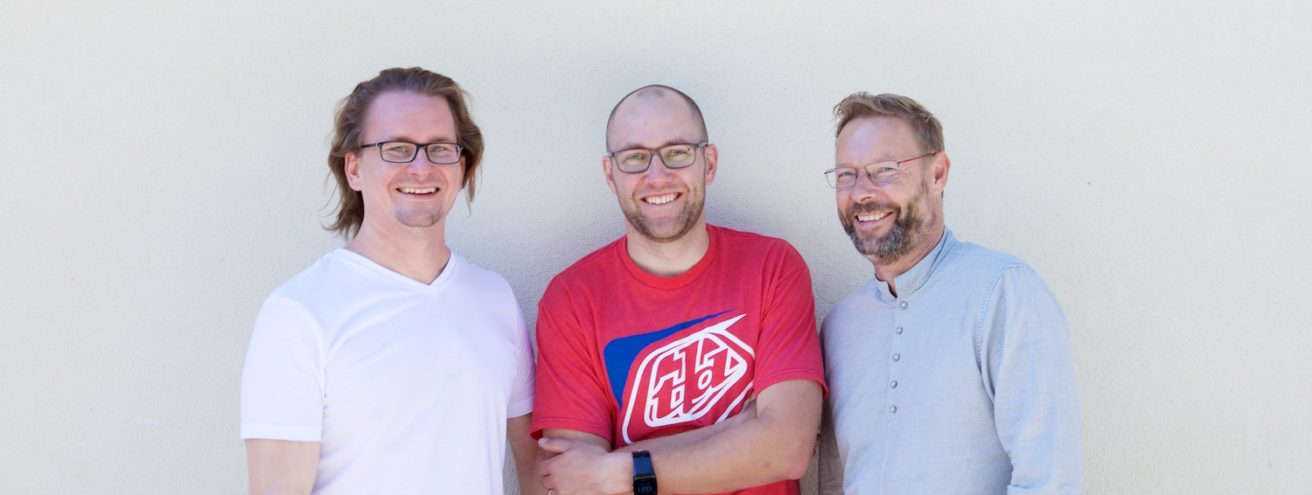
Facilitation skills all great facilitators have in common
Digital facilitation is one of my favorite topics. I believe there are no limits to positive change when the facilitator’s attitude is combined with the opportunities created by digitalization and the right facilitation skills.
Facilitation is often seen as a gimmick. In a workshop, the facilitator asks a few questions that make the participants relax and freewheels it from there until the end of the teamwork process.
However, facilitation is about much more than that; it’s about a world view, an appreciative attitude and curiosity. Facilitation must always have a purpose, method and direction. Through effective facilitation, people realize a connection to a greater context.
Authenticity and curiosity at the heart of facilitation
I worked as a teacher in the 1990s. I taught the same group of pupils from the third to the sixth grade. My goal was to support their independence and self-direction as much as possible. I think I was pretty successful.
When I was assigned a new group of third-graders, I noticed that my mind was still at the other end of the continuum, with the sixth-graders. I realized that I wouldn’t be able to genuinely interact with my new pupils if I didn’t let go of my sixth-grade mindset.
In other words, I needed to learn to meet the children at their level and proceed from there. This was my foundation in facilitation, which always involves curiosity and authenticity. The same principles also apply to facilitation by consultants and managers.
Authenticity requires an ability to allow genuine dialogue. A culture of openness calls for an appreciation of authenticity, which also means giving space to authenticity. In such a culture, expressing your personal opinions is not a threat, but a useful approach.
Authenticity and curiosity also make you vulnerable. You have the courage to ask questions, even though you may not like the answers. You remain curious, even though what you learn may hurt. You are interested in causes, reasons, and effects.
Vulnerability exposes you to learning, and it also communicates to your workplace community that you want to change. During my long career, I have noticed that if you put up protective walls around you, there is always someone who wants to break them. But if you are open and genuinely curious, people will meet you with a smile.
Favorable conditions for learning together
On social media, many people are already used to letting their voices be heard—using their own name and face. I believe that people are willing to do the same in workplace communities if they are given the chance.
If 30 people are participating in a teamwork session, it’s not unusual for one of them to be talking and the other 29 listening or doing something else.
Alternatively, all of them could be discussing, drawing and taking photographs in smaller groups. In other words, everyone would be doing something, all at the same time, and 30 people would be talking to one another and helping each other. This would multiply their learning ability by dozens of times. Explore other tips to make your virtual sessions more engaging.
Technology is creating favorable conditions for us to tell stories to one another, regardless of the size of the community. This gives us the opportunity to listen, be heard, and create a social learning environment. However, technology alone will not give anyone the ability to ask good questions. To do this, we need to think like a facilitator.
Everything is essentially based on believing in the good. In appreciation of people. When we realize this, the world will change.
Give it a try: if you ask a question in appreciation, this appreciation will be reflected in the response.
Would you like to explore digital facilitation in more depth? And understand how to implement different facilitation methods. Download our Digital Facilitation Playbook today.